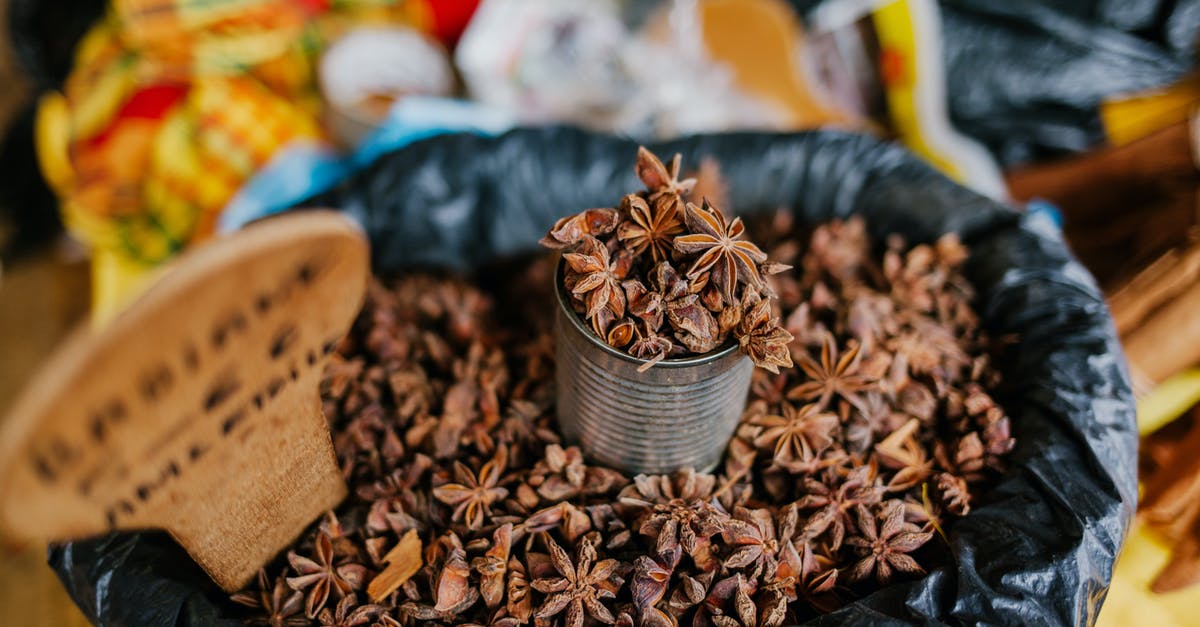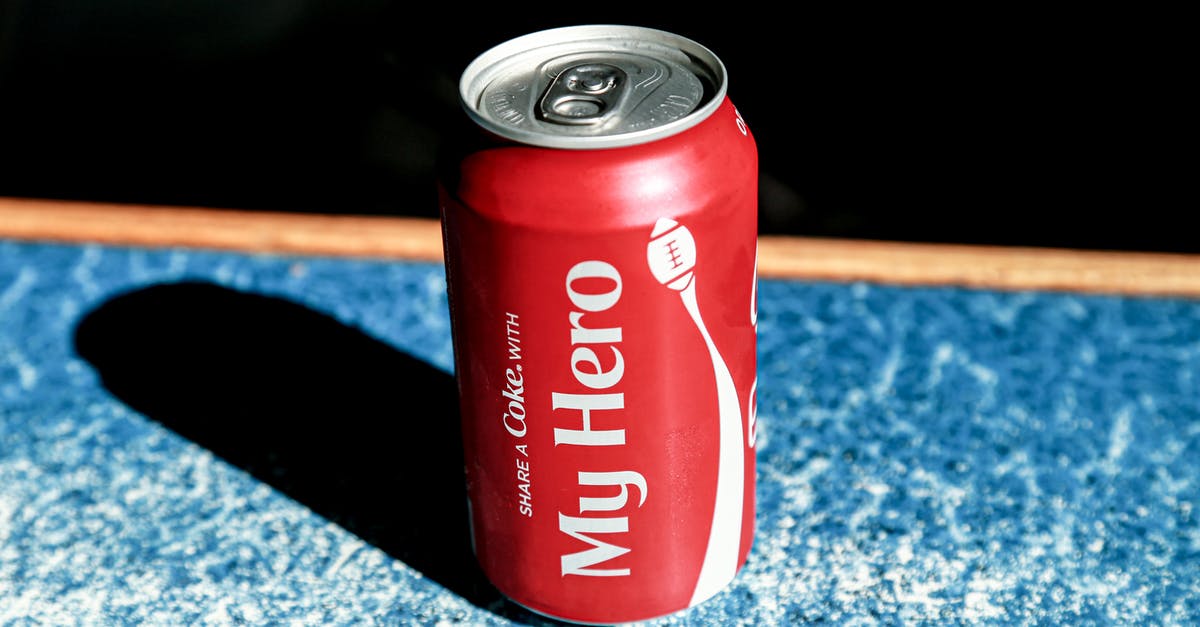What can "modified" mean when describing an ingredient?

I have been trying to reverse engineer a packaged glaze mix for fruit pies. It weighs 1oz/28g, and contains "modified tapioca starch, citric acid, salt, artificial flavors and coloring." The mix can't be purchased in our area, we would have to purchase an entire case online, hence the drive to replicate it. The instructions are to sift the contents with 3/4 cup sugar, then add 1 cup of very hot water (I used water that had just stopped boiling). Upon mixing with the water, it instantly thickens into gel which is thicker than honey, you fold in fruit, and pour over into a crust and put it in the refrigerator.
Tasting the mix, I approximated just shy of 1oz tapioca starch, 1/8 tsp citric acid, and a small pinch pickling salt. The end result was 1oz, and tasted nearly identical to the packaged mix when raw.
Upon adding hot water, with a tiny amount of water it begins to set up similar to the store bought mix. However once you get beyond 1/4 cup of water, the gel breaks and basically becomes slightly viscous water.
I have tried several times with arrowroot, tapioca starch, potato starch, and I simply cannot achieve the same behavior as the store bought mix. All I can think of is that the "modified" tapioca starch is the secret. But I can't figure out what "modified" means. In the US, in nutritional labling, what can "modified" mean when describing an ingredient?
Best Answer
Modified on the label literally means... well... modified, that is changed or altered.
I am unable to find a Standard Of Identity formally for "modified starch."
Modified starches are typically modified in a number of ways (see the linked Wikipedia article for the full detail), but the most common one in instant mixes is to pre-gelatinize the starch. This permits it to more instantly dissolve and thicken items, even without being heated.
Your description of the filling thickener makes it sound like the starch is in fact modified for low temperature thickening.
In the case of your pie glaze, reverse engineering an industrial product which consists largely entirely of chemicals that are not easily obtained for home use may be... erm... fruitless.
You would be better off describing the outcome of the glaze, and trying to create a home recipe to come close. You are likely to get a good result, perhaps even better than the commercial product.
Fruit pie fillings are are typically starch thickened, during the baking process. However, you want an "instant" pie which is not cooked. No-bake fruit pies are fairly unusual. You may get better results by making a more traditional baked fruit pie.
This remainder of this answer is educated speculation, but I have not tried it.
To recreate this affect at home, you want a stove top filling method. Sugar, tapioca starch (which tends to give a transparent effect, and is not sensitive to acid), lemon juice (for flavor and tartness, replacing the citric acid in your mix), and salt, perhaps with some spices should come very close.
Baking911 suggests running instant tapioca in your food processor to get a finer powder, that dissolves more easily. Note that instant tapioca is in fact modified, as it is has been gelled, and then dried—so it may be close to what you are looking for.
You can bring this mixture to a low simmer, with your fruit, and then pour it into your shell, and it should do fairly well, although you will have to find the right proportions.
Pictures about "What can "modified" mean when describing an ingredient?"



What Is a Genetically Modified Food? - Instant Egghead #45
Sources: Stack Exchange - This article follows the attribution requirements of Stack Exchange and is licensed under CC BY-SA 3.0.
Images: SHVETS production, Julia Volk, Hanbo Wang, Ylanite Koppens
